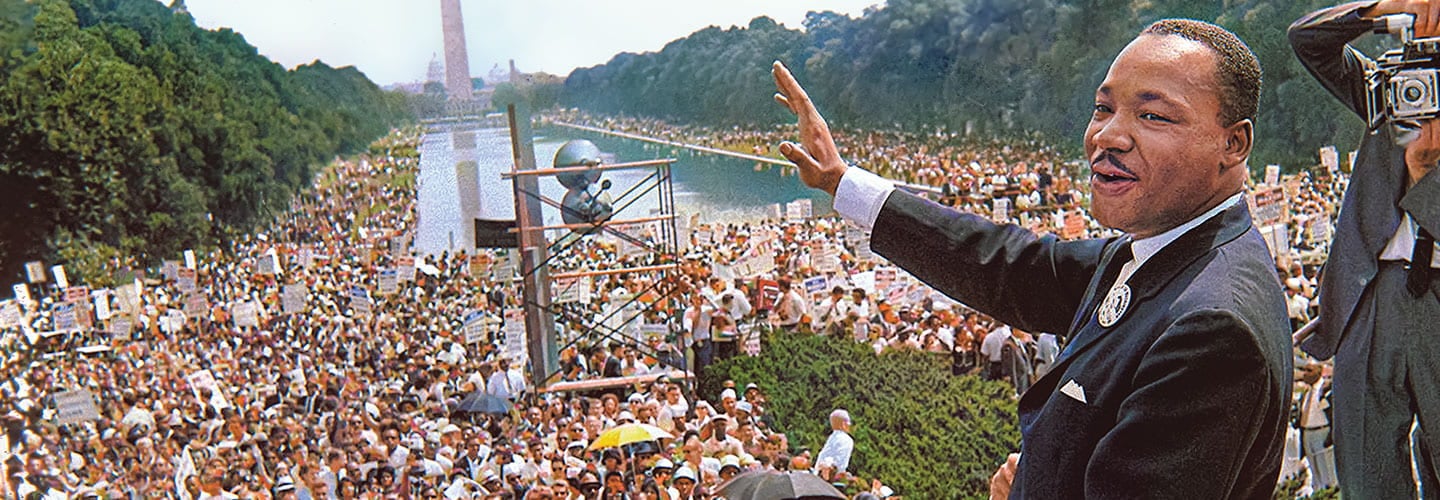This month, Americans honor the birthday of Dr. Martin Luther King Jr. He was a famous leader of the civil rights movement. He fought for equality for all people, no matter their race or color.
King was born in Georgia on January 15, 1929. Back then, segregation was a way of life in much of the U.S. Unfair laws in many Southern states said Black people and white people had to go to separate schools, hospitals, and restaurants. They had to ride in different sections of buses and trains. The places and sections for white people were almost always better.
Laws in some states also made it hard for Black people to vote. Many businesses wouldn’t hire Black workers.
King helped spark change. In the 1950s and ’60s, he led peaceful protests to demand equal rights for African Americans. He gave speeches that persuaded others to join the cause. Eventually, laws were changed.
Sadly, Dr. King was killed in 1968. But he still inspires Americans today. Here are five things you may not know about him.

